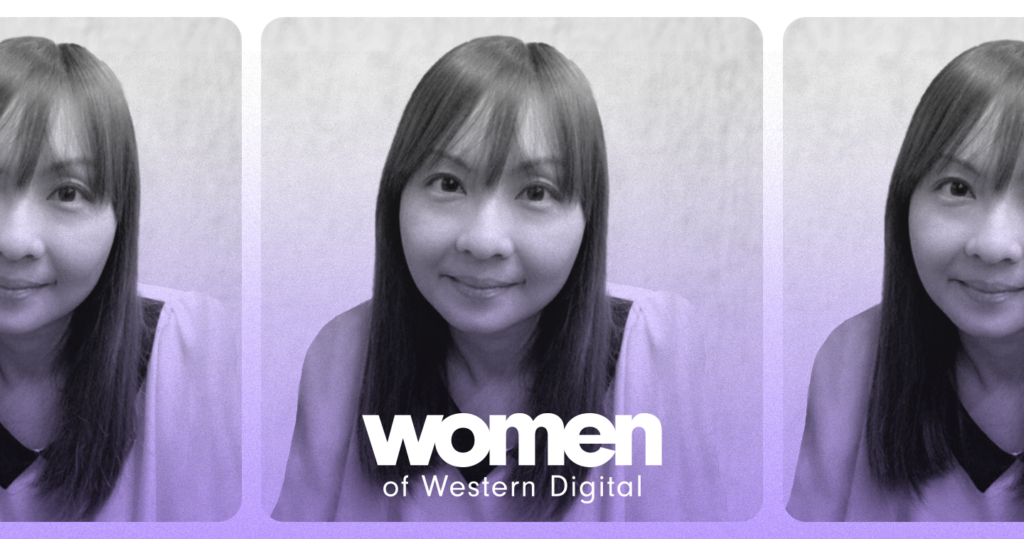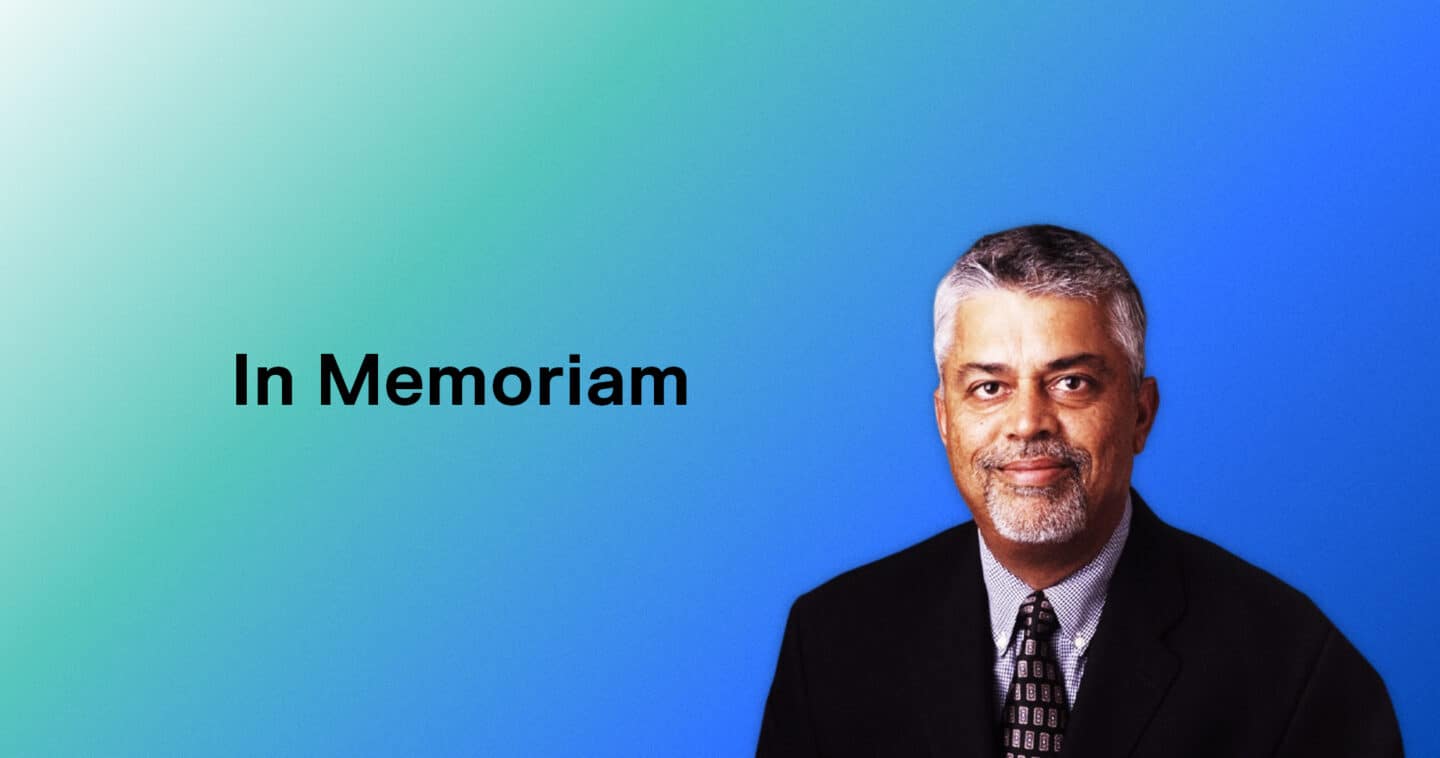Carmen Ng Soo Fun: A Stable Line
Head of the Continuous Augmented Analytics department’s Smart Factory Projects team at the HDD Kuala Lumpur Center of Excellence, Carmen Ng Soo Fun’s title is deservedly complex. She manages a highly skilled team that implements cutting-edge technologies at a factory recognized by the World Economic Forum for its leadership in the Fourth Industrial Revolution – it’s hard to capture what she does with a single term.
But much like the assembly lines she’s spent almost two decades developing, Carmen has worked her way to this position step by careful step.
Carmen’s first love was science. She liked getting to the bottom of things, picking apart systems component by component to understand how they functioned in concert. Science class provided an early outlet for this innate curiosity, though she realized in time that it was impractical for her to pursue a full-time career in research.
She approached the Malaysian education system pragmatically, opting to major in chemistry despite her ambivalence to the subject. “I chose chemistry because it was the easiest way for me to get access to the university,” she said. But her plan’s success led to a new problem: now that she had a bachelor’s in chemistry, she needed to find a job in chemistry she enjoyed.
Her first handful of jobs were woefully uninteresting. No position warranted more than a few years work. That is, until she accepted a junior process engineering role at an outfit called Western Digital. Seventeen years later, Carmen is still excited to go to work.
She shadowed a senior engineer in her inaugural months to learn the ropes of reducing excursions. When the testing area detected any damages to the product, they had to pause the assembly line and locate the malfunction.
“It’s like detective investigation work, which I like a lot,” she explained, likening the impaired assembly line to a crime scene. “Using all of the available data on the ‘dead body’ or defect, I investigate step by step to find out what is causing the problem.” The position appealed to the same curiosity she’d once kindled in science class.
When her senior counterpart left the company and Carmen had to work the assembly line by herself, she was eager to step up. Not only did she rise to the challenge, she thrived on the investigative work. She received a promotion every other year, quickly rising to the position of process engineering manager.

During this time, her counterpart, responsible for managing the hardware tooling assembly line, left the company. Rather than replacing him, Carmen’s supervisor asked if she’d be interested in overseeing both lines. His line was notorious for missing production output. No manager during Carmen’s tenure had successfully ironed out its issues. Ever curious to get to the bottom of things, she said yes.
“At that time I had about 100 people reporting to me – mostly men, all technicians, which is not easy to handle.” Behavior issues and absenteeism plagued the crew. While these problems undermine any workplace, given the accumulative nature of assembly lines, one man’s tardiness can accrue to five men’s overtime compensating for the labor loss.
Carmen managed her crew with the same analytic care she’d bring to a misfiring line. “Different people have different behavior, different character,” she said. “You have to use different approaches. Some people accept advice, some people respond to strictness.” By responding to each technician uniquely and equitably, she did the impossible. Carmen stabilized the line.
Factory executives crossed “missing production output” off its longstanding spot in their meeting agenda. She was promoted to Senior Manager for this win, the crowning achievement of her work with the factory.
“You must have passion in your work,” she said. “You don’t do it because you have to, you do it because you want to understand and solve the problem permanently.” It reminds her of Murphy’s Law: “Anything that can go wrong will go wrong.” If the assembly line is showing a weakness, it will grow into a problem. Corrective measures cannot prevent the inevitable.
Carmen’s success on the assembly lines also begged the inevitable: promotion beyond the factory. For the past two years, she has led a team of data scientists in implementing AI and machine learning to improve the lines she’s learned like the back of her hand.
In many ways, this is a whole new ballgame. Carmen has no computer science background, and the field of Fourth Industrial Revolution technologies expands by the day. It’s an overwhelming amount of technical knowledge for anyone to master on the fly. But her crack team of coders needs her experience to make use of these technologies.
Take computer vision, smart camera feeds that interpret and respond to visual stimuli, the recent focus of Carmen’s team. It’s a powerful technology, but only when used correctly. “You have to know how to apply it,” she said. “If you train computer vision to do something in the line, it will be permanent.” Her on-the-job knowledge is critical to reduce false triggers.
It’s also crucial to integrate computer vision effectively within the factory culture. “You need to understand their pain point and provide them with a solution that can cure the pain permanently. We are here to improve things.”
Carmen has passion and talent for understanding systems, whether they’re lines of machines or teams of colleagues. She holds the trust of data scientists and line technicians alike because they’ve seen her at work. They know what’s going to happen is going to happen: Carmen will leave the system better than she found it.




